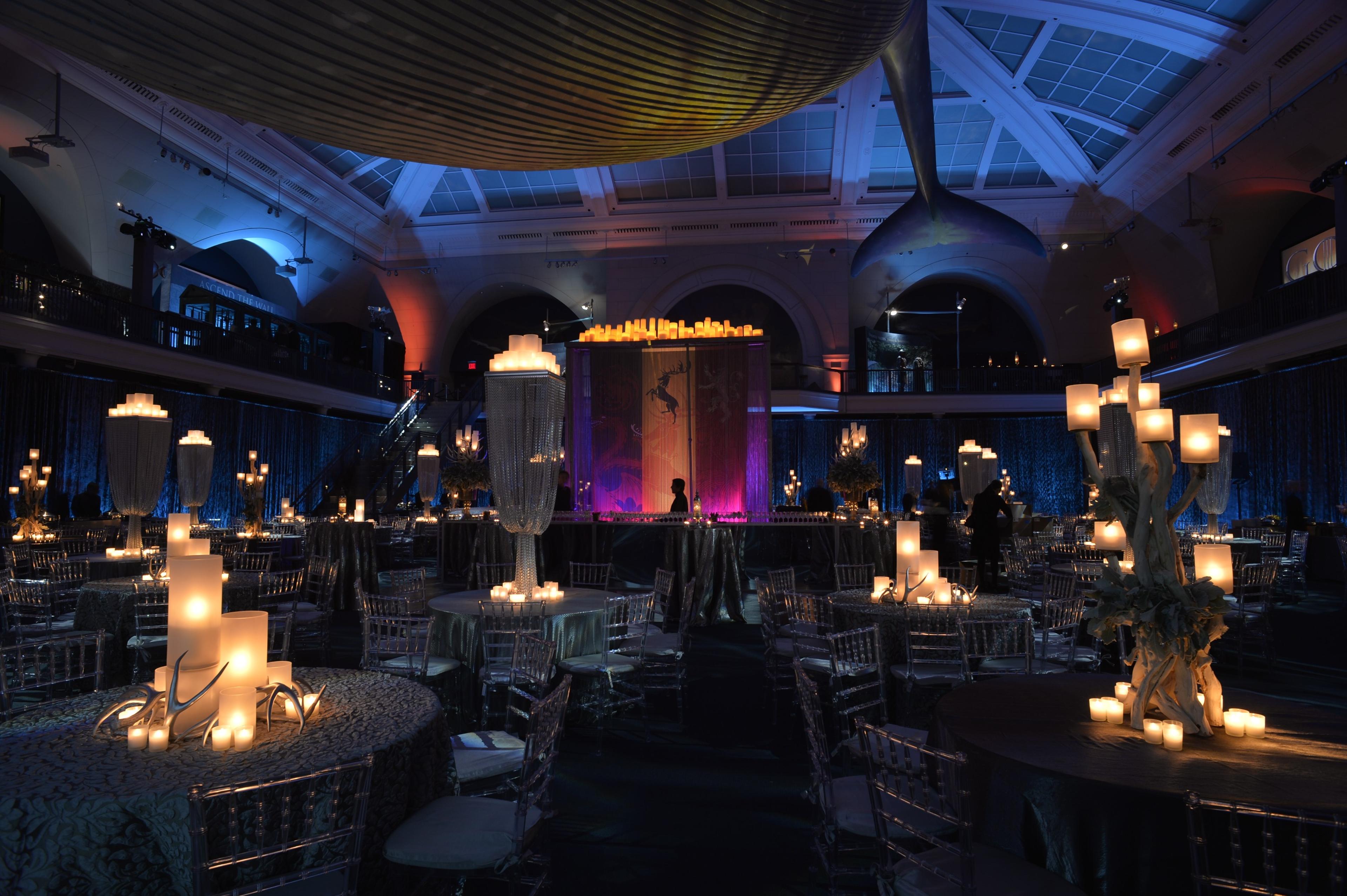Benefits of Light Emitting Diode Display Walls Compared to Traditional Projector Technologies in Contemporary Visual Displays
Light Emitting Diode video walls have become progressively popular in various environments, such as educational institutions, businesses, and entertainment venues. These sophisticated visual technologies offer several advantages over traditional projector technologies. Recognizing these benefits can help companies make knowledgeable choices about their visual requirements. This article will explore the main advantages of LED display screens, including brightness, visual clarity, flexibility, maintenance, and energy efficiency.One of the key important benefits of LED video screens is their brightness. LED tech produces vibrant and bright pictures that can be readily seen in multiple illumination conditions. Unlike traditional projection systems, which can have difficulty in brightly lit environments, LED display walls maintain their clarity and hue precision even in bright spaces. This makes them perfect for outdoor events or locations with large windows. The elevated luminosity levels ensure that the content displayed is always clear, making it easier for viewers to engage with the information being shown.
In addition to brightness, LED video walls provide superior image clarity. They offer greater resolution and better hue rendering compared to traditional projection technologies. This means that pictures and videos displayed on an LED screen appear crisper and more detailed. The pixel concentration of Light Emitting Diode displays allows for close viewing without sacrificing sharpness, which is particularly crucial in settings like trade fairs or meetings where viewers may be close to the screen. Furthermore, LED technology can produce richer dark tones and more vibrant colors, enhancing the complete visual impression.
Versatility is another key advantage of LED display screens. These technologies can be configured in various sizes and shapes to fit varied areas and aesthetic requirements. Unlike conventional projection systems, which require a particular Continue Reading distance from the screen to function correctly, Light Emitting Diode display screens can be set up in a variety of environments. They can be curved, arranged, or even used in creative arrangements to create distinct display presentations. This adaptability allows companies to customize their display exhibits to suit their specific needs, making LED video screens a versatile choice for any setting.
Upkeep is also a critical consideration when contrasting Light Emitting Diode display walls to conventional projector systems. LED displays generally require less maintenance over time. Conventional projection systems often need lamp changes and regular cleaning to maintain optimal performance. In contrast, LED tech has a greater duration and does not require regular replacements. This lowers downtime and upkeep expenses, making LED video walls a more cost-effective solution in the long-term future. Organizations can focus on their presentations rather than worrying about the upkeep of their display technologies.

Lastly, power conservation is an essential factor for many companies. Light Emitting Diode display walls consume less power compared to traditional projector technologies, which can lead to substantial reductions on energy bills. This is especially beneficial for businesses and venues that operate displays for extended periods. Additionally, the lower energy consumption of Light Emitting Diode technology contributes to a reduced environmental impact, making it a more sustainable choice. By choosing LED video screens, companies can benefit from premium display screens while also being considerate of their energy use and environmental footprint.
In conclusion, LED display walls offer numerous advantages over traditional projection systems. Their brightness, visual clarity, adaptability, minimal maintenance needs, and energy efficiency make them an superior option for contemporary display displays. As technology continues to advance, LED video walls are likely to become even more common in multiple environments, providing organizations with the tools they need to effectively convey and interact with their viewers.